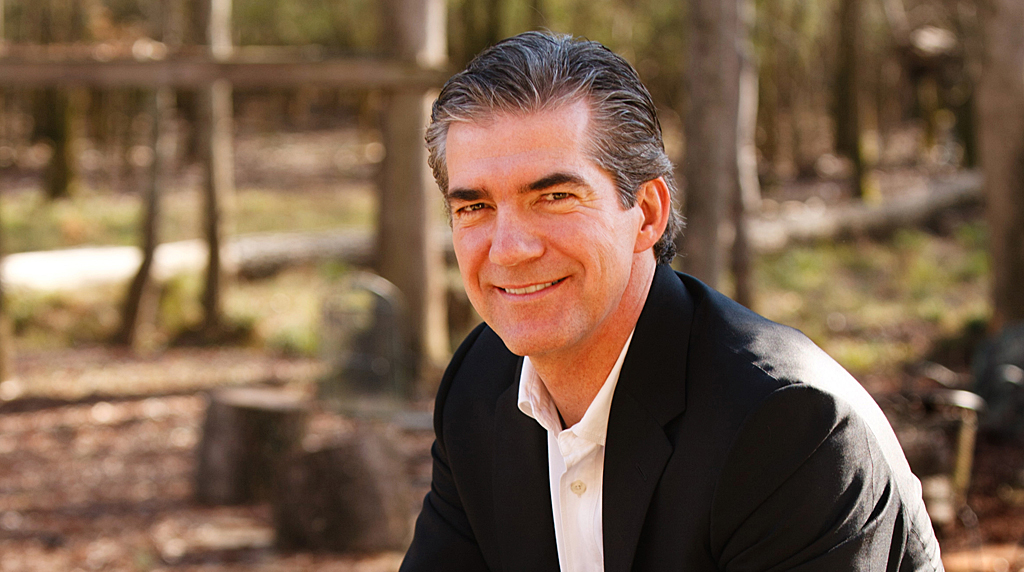Orcas are easily the most magical creature of the sea, there is so much we can learn about Orcas and before I begin my new monthly posts "Lost Freedom" I want everyone to understand fully what Orcas are, how they live and their way of life when free in the sea.
Basics.
Orcas are often called
Killer Whales they get this name from being the top apex predator of the sea. However "Killer Whales" are actually part of the dolphin family and get their name from the fisherman who witnessed them kill whales larger than they are. Orcas have never been documented to hurt a human being in the wild. Orcas are known for their large dorsal fin and black-and-white coloring.
Habitat.
The orca has a wide range of living spaces, they live in oceans close to coastal countries. Orcas will live in any climate from the equator all the way to the poles. The orca pod will never stay in the same area very long so it is very hard to document their movements. An orca can swim up to 33mph and travel 99 miles in a day.
Behavior.
Orcas live in pods, they are very social animals, most pods have up to 40 members. There are two different types of pods. The resident pod and the transient pods. Resident pods are less aggressive and like to fish. While transient pods are aggressive and work together in groups to take down large prey. Members of the pod will also help take care of the young, often females will help the mother orca care for her calf. Orcas use echolocation (location of objects reflected by sound) to talk among themselves.
Diet.
The orca is at the top of the predatory chain so they will prey on anything under them. Orcas will mostly feed on sea birds, squid, octopus, sea turtles, sharks, stingrays, seal, sea lions, and fish. The only exception is the river dolphins and manatees. The orca may beach itself on land to catch a seal or use techniques in big groups to catch prey. Orcas are actually very picky eaters and once their pod decides what they eat as a family they won't switch their diet.
Offspring.
A female orca will give birth every three to ten years to one calf at a time. The pregnancy of a female orca will last around 17 months and an orca calf is born at about 8 feet and around 353 pounds. Calves will nurse for 5 to 10 seconds multiple times in an hour. Orcas will live for 50-100 years.
Sleep.
Orcas have to remain conscious of sleep, unlike humans. The orca does not breathe automatically so they need to make the conscious decision to breathe. If an orca were to sleep like a human they would suffocate and drown because they are not present to make the choice. Orcas will only allow one part of their brain to sleep at a time, while the other half stays awake to breathe. They will only close one eye when they sleep. When an orca is asleep they will swim very slow and very close to the surface.
Threats.
Orcas face many threats such as fishing net entanglement, encounters with toxic waste, pollution ingestion, and boat collisions. In parts of the world, the orca is still endangered of whaling where they will be targeted to be killed for food or captured for captivity.
Illness and death.
The lifespan of an orca is dictated on a few factors, one being habitat. If the orca is living in a highly-populated area then they can be struck by boats, ingest pollution, be separated from their pods which leads to stress and essentially death. Their diet is another factor, are they eating healthy or contaminated food, and is the food an abundant source for them or is it too sparse leading them to malnutrition? The level of endangerment is another factor in orca deaths. If the pod is sparse and has fewer males to mate with, that can cause the eventual death of the pod. Whaling activities is another large reason for orca deaths as they are often killed for food or sold to captivity where they die sooner than expected. It is very rarely seen that an orca will die of illness in the wild unless it is genetic.
Conservation status.
The orca population is unknown.













